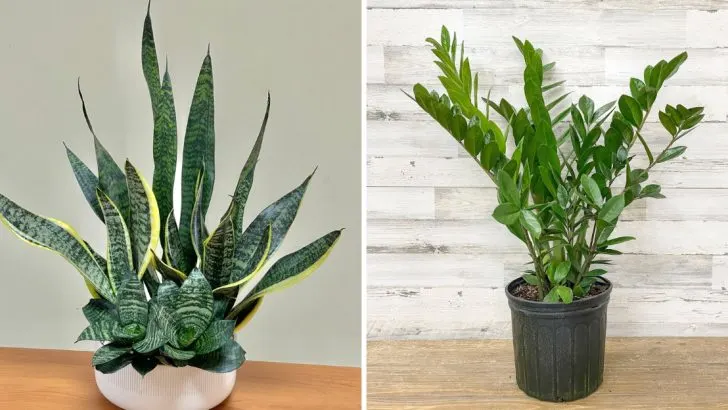It’s easy to assume that repotting your plant every year is just part of being a good plant parent. Fresh soil, a little more space—it seems like a nice gesture. But for a lot of plants, that yearly routine is actually more stressful than helpful.
Some plants prefer to stay put for years, gradually settling in and growing at their own pace. Constantly uprooting them can mess with their rhythm, damage their roots, and slow their growth. Unless they’re clearly root-bound or struggling, many plants are better off staying in the same pot longer than you might think. Sometimes, leaving them alone is the best kind of care.
Peace Lily
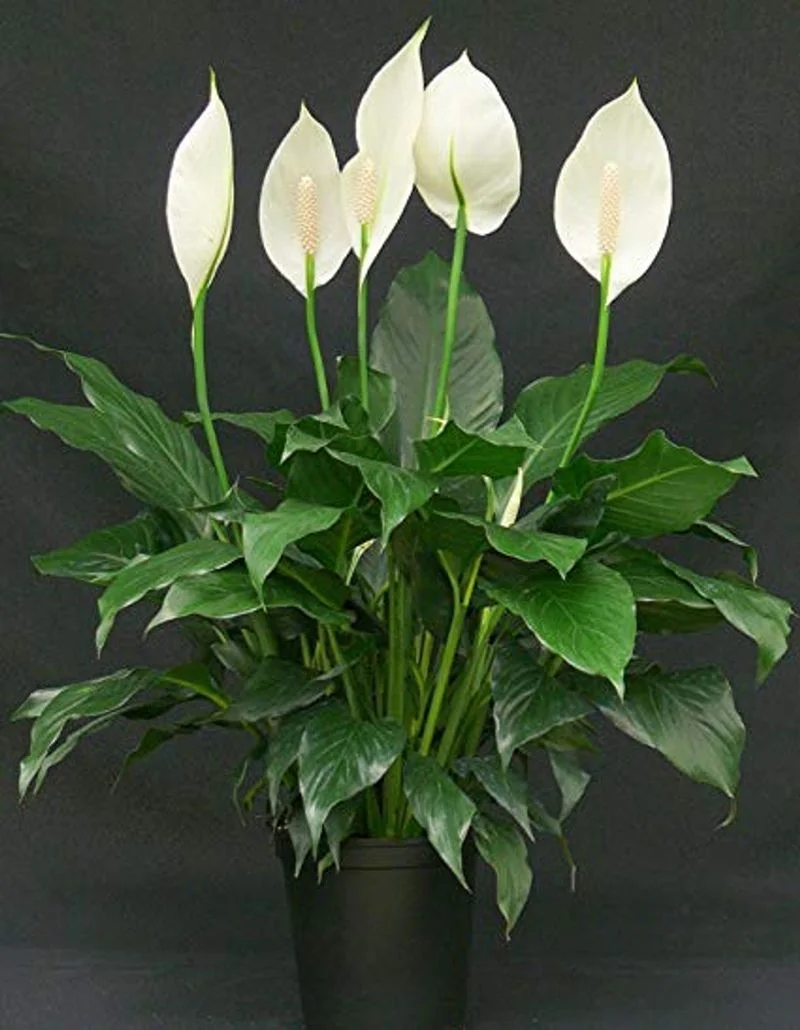
The peace lily, with its elegant white blooms and glossy leaves, is a staple in many homes. However, this plant appreciates stability. Constantly moving it between pots can stress it out, causing it to withhold its beautiful flowers.
Instead of repotting every year, peace lilies thrive with space to grow in their existing containers. Ensure proper drainage and let its roots settle in. Water when the soil feels dry, and it will flourish.
Give this plant a consistent spot in your home, and watch it bask in the familiarity, offering lush greenery in return. Consider it a long-term companion.
Fiddle Leaf Fig
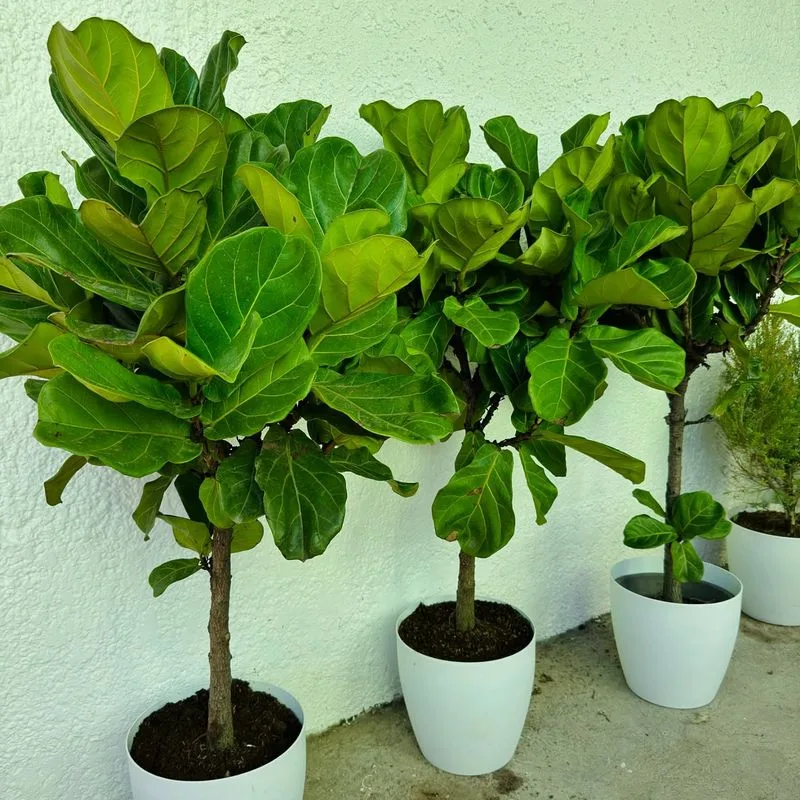
The fiddle leaf fig, with its broad, dramatic leaves, has become a trendy indoor plant. But beware of frequent repotting; it prefers stability. These majestic plants need time to adjust and grow into their environment.
Too much disruption can halt their growth and cause leaf drop. Place it in a bright spot and maintain a consistent watering schedule.
If the roots have plenty of room and the plant is healthy, avoid repotting. The fiddle leaf fig thrives best when left undisturbed, standing tall and proud in its favorite corner of your home.
Snake Plant
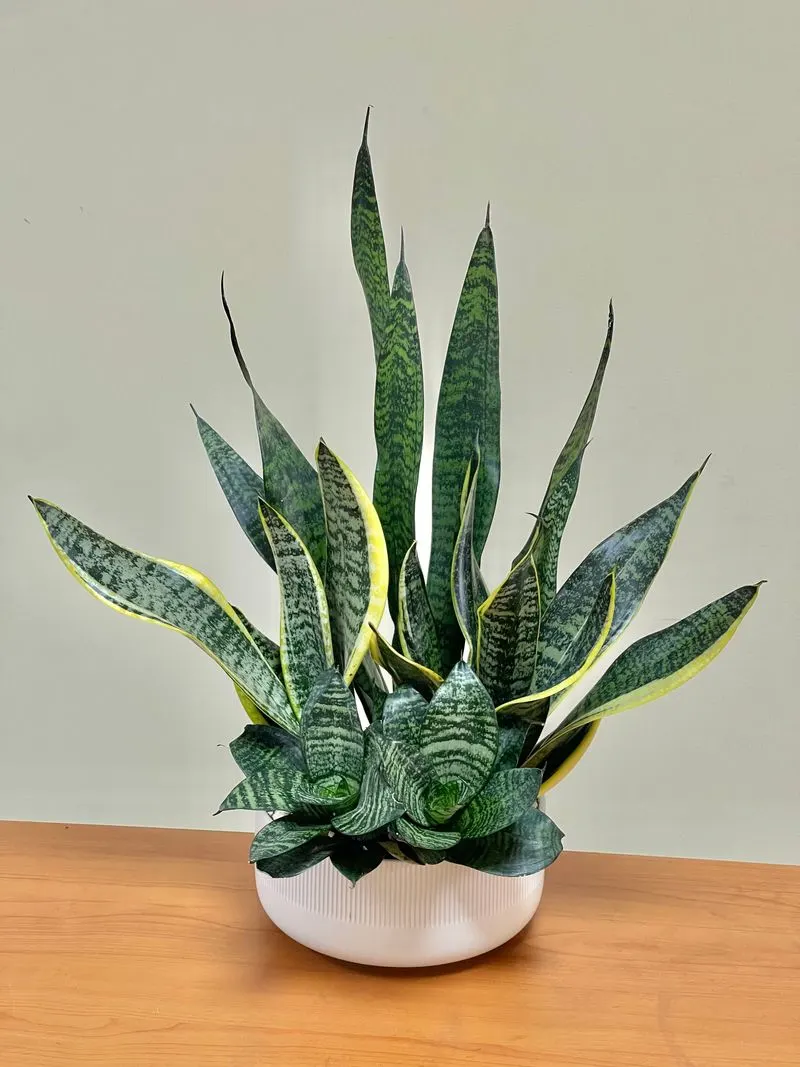
The snake plant, known for its resilience and architectural elegance, is a perfect example of a low-maintenance plant. It thrives on neglect and can endure long periods without repotting.
Too much attention, including frequent repotting, can actually hinder its growth. Allow this plant to settle into its pot and enjoy its slow but steady expansion.
Water sparingly and let the soil dry out between watering sessions. This plant’s ability to purify air makes it an excellent choice for bedrooms, where its steadfast nature adds a touch of green tranquility.
ZZ Plant

The ZZ plant, with its glossy, deep green leaves, is a champion of resilience. Frequent repotting can stress this hardy plant, making it lose its vigor. It’s content in compact spaces and can flourish even in low-light conditions.
Repotting every year is unnecessary; instead, focus on watering sparingly and ensuring good drainage.
Its carefree nature means you can enjoy its beauty without constant fussing. This plant is a fantastic addition to any workspace, where its robust nature and air-purifying qualities enhance productivity and well-being.
Rubber Plant
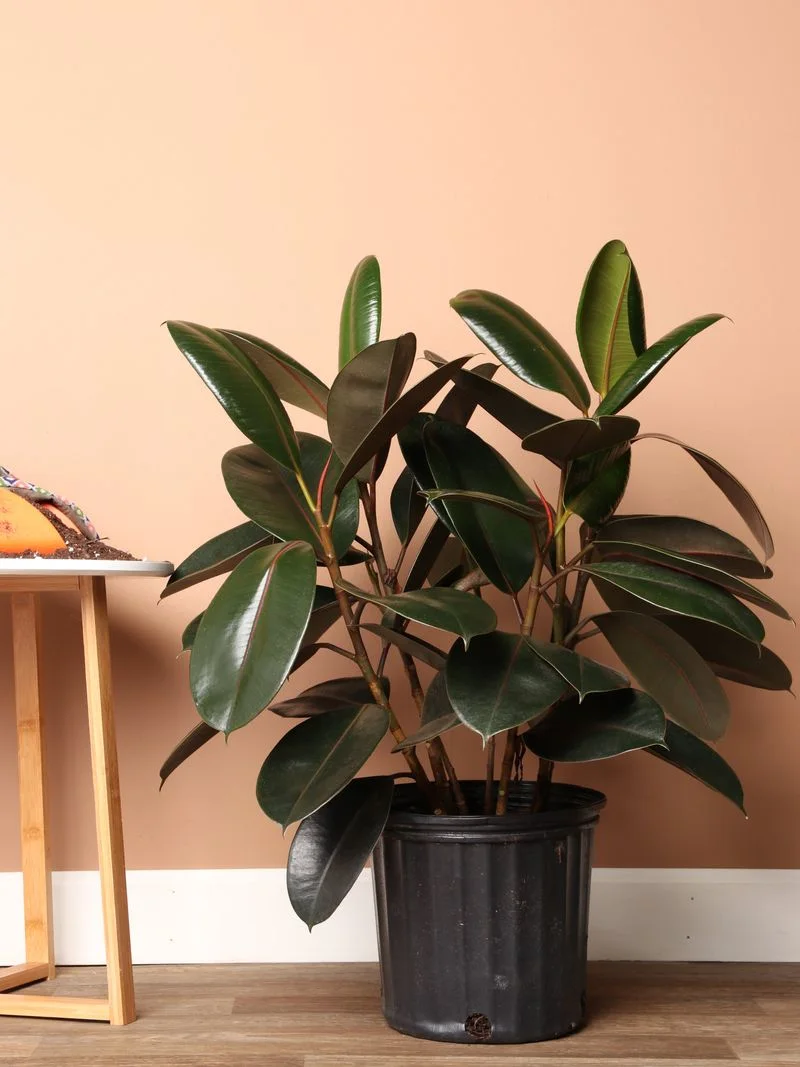
The rubber plant, with its large, glossy leaves, makes a bold statement in any room. Despite its assertive appearance, it prefers not to be disturbed too frequently. Annual repotting can lead to stress, causing leaf drop and stunted growth.
Instead, allow it to acclimate to its pot and grow at its own pace. Ensure it receives bright, indirect light and water when the soil is dry.
This plant benefits from regular leaf cleaning to keep its foliage shiny and healthy. Allow it to thrive, untouched by constant repotting, as a vibrant focal point in your decor.

